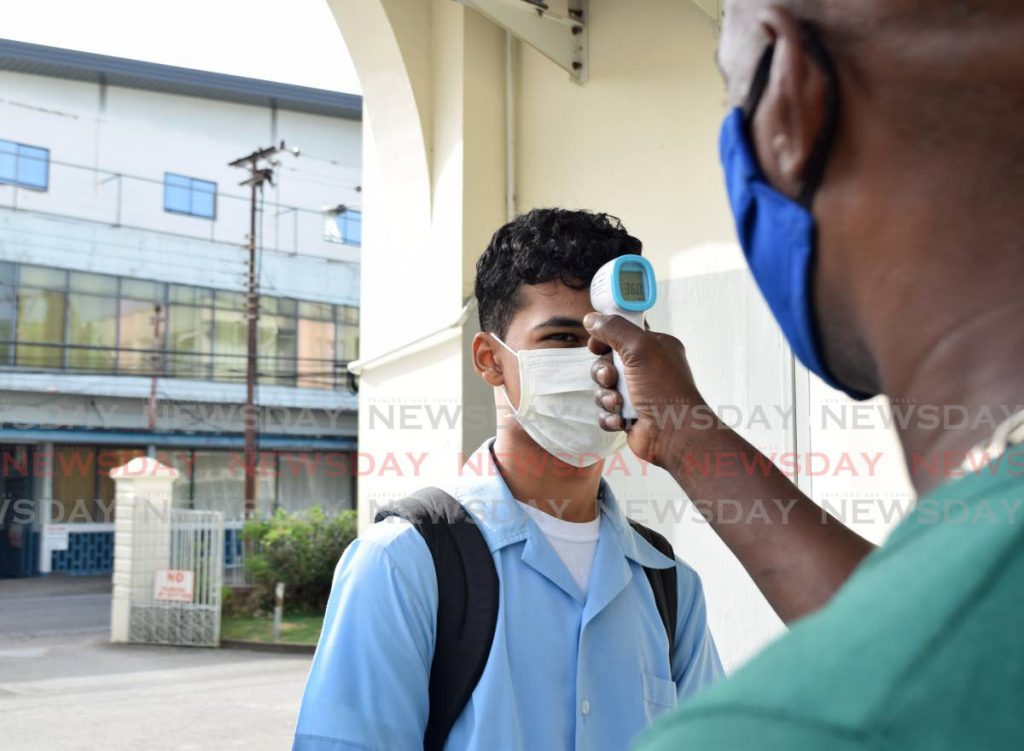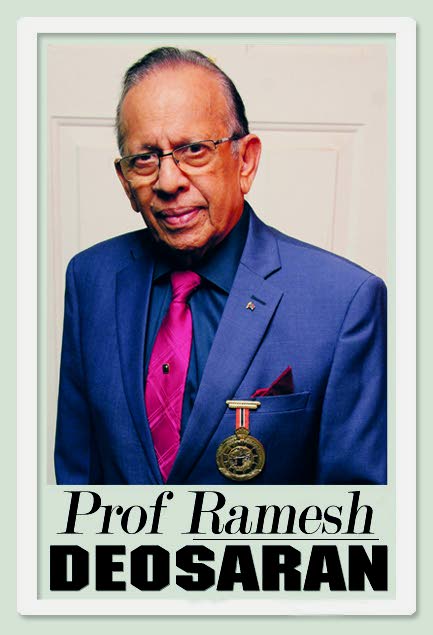Covid19 and school risks

The Prime Minister is quite right to feel “nervous” about sending students (forms four, five and six) back to school from Monday.
The covid19 dangers, present and potential, are quite real, especially with the virus mutations at hand.
The decision to send children to school or keep them home for online learning has become a nightmare for governments around the world. Many parents are protesting the stay-home decision. Many countries in Europe are now experiencing protests against the lockdown of schools, business, restaurants, etc.
The frightening bottom-line question is this: if children are allowed to attend school for all the good pedagogical reasons, who will be responsible for those students who happen to get fatally infected by covid19? Or should parents sign their approval for their children’s school attendance?
Meanwhile, the educational disparities arising from the online method among students are growing, especially among the economically vulnerable. The seriousness of this situation was revealed last week during a check with some teachers. In one government secondary school in rural Trinidad, a teacher complained that in one of her online English classes, only one student appeared.
Worse yet, she further revealed that of the 92 students entering form one, all scored below 50 per cent in the SEA, a performance quite common in previous years. Additionally, 60 per cent of the form one intake scored below 30 per cent! Of the 450 students usually expected at form five from form one annually, less than 300 appear.
An all-round complaint from teachers is that student support from homes is quite sporadic or entirely absent. The parents, especially single ones, are at work. And as our school surveys have revealed, almost 20 per cent have guardians rather than parents. This online deficiency is of course linked to poverty and the socio-economic background of students, making it quite difficult for the ministry to reach or remedy, especially with the provision of internet and learning devices.
The covid19 pandemic, sudden and widespread as it is, has exposed not only the economic weaknesses of this society. It has exposed and aggravated the inherent socio-economic inequity haunting the educational system. Even without covid19, educational inequity is well known, measured and left without substantial remedy. It is strongly linked to inter-generational poverty, unskilled status and depressed aspirations.
Last August 22, I cautioned on Facebook: “Study at home for SEA etc. But if homes unequal in resources/parenting, will the results show inequity?”
The pressure to send children to school, especially the younger ones, is based on sound educational theory by, for example, educational philosophers Pestallozi, Montessori and of course John Dewey, all of whom, like our paediatrician Dr David Bratt, advised a facilitating environment for children’s “self-activity” and “social relations.” Self-driven interests and social interaction are vital for the cognitive and emotional development of young children.
Stay-at-home online learning does not offer this, claim many parents. In fact, last Thursday, Fox television carried a focus-group meeting of parents and school board members who all strongly argued for face-to-face schooling.
Considering the risks, the Ministry of Health’s Dr Michelle Trotman last Wednesday advised that children who are now allowed to attend school should sanitise and change clothes on returning home and not mingle too much. Dr Rowley advised they wear masks.
Now, as I have repeatedly written, this educational inequity challenge is very bothersome for a small, multi-ethnic society as ours. It is an issue which has troubled and still troubles societies in varying degrees all over the world – communist or democratic. I have yet to read of a higher proportion of students from a working (lower)-class background, properly measured, getting higher academic achievement and occupational status than upper-class students.
There is the bigger picture here. One, briefly, our educational system, almost inevitably, caters to a capitalist, competitive social economy where academic and occupational criteria leave many behind, drifting to the margins. Two, students’ socio-economic mobility is affected, up or down, by the social status of the friends and relatives of their parents. That is the “who you know” contact syndrome. And since the Constitution allows for freedom of choice and equality of opportunity, the quest for socio-economic and educational equity will be a hard nut to crack as of now, covid 19 or not. Even the vaccines are now inequitably distributed.



Comments
"Covid19 and school risks"